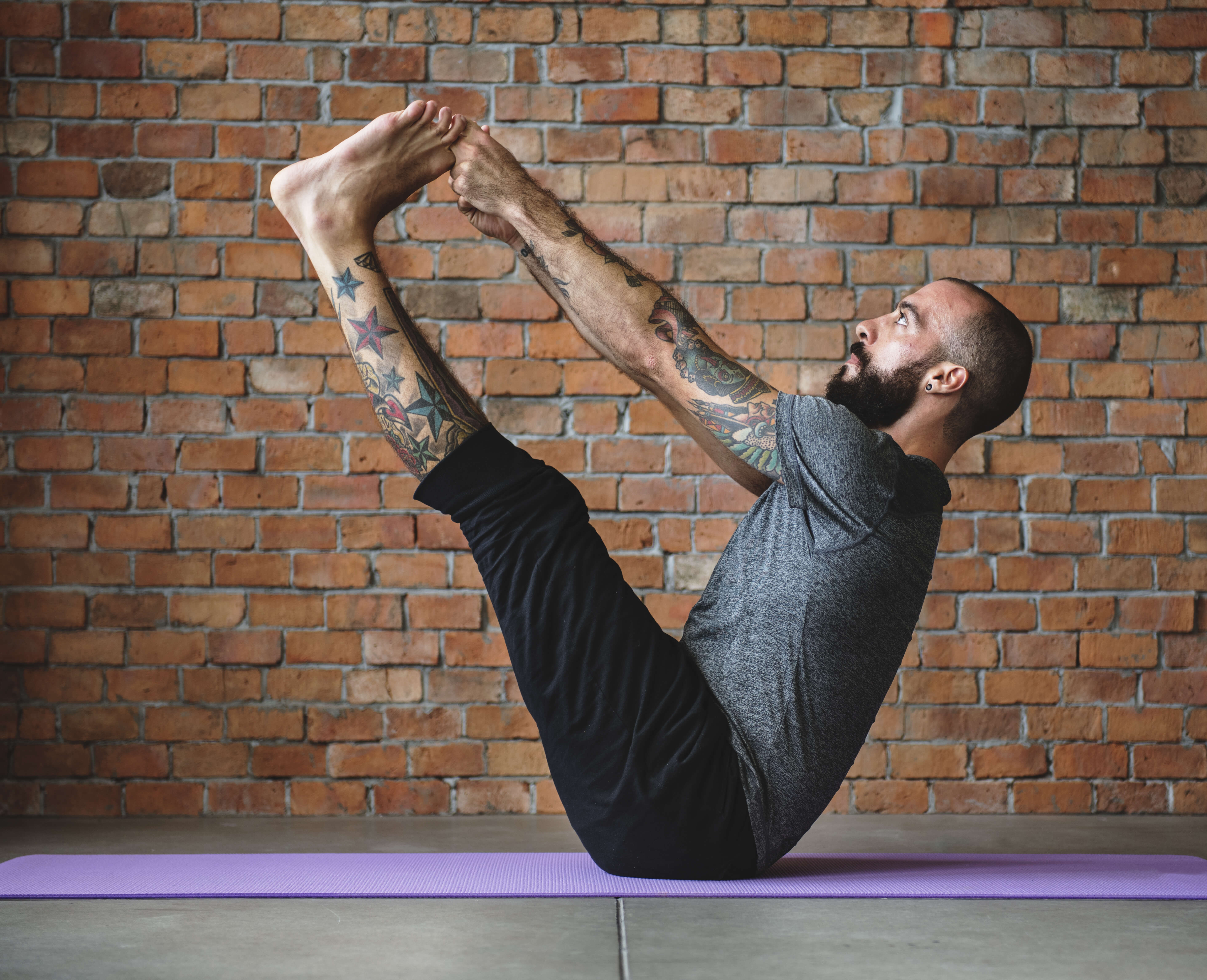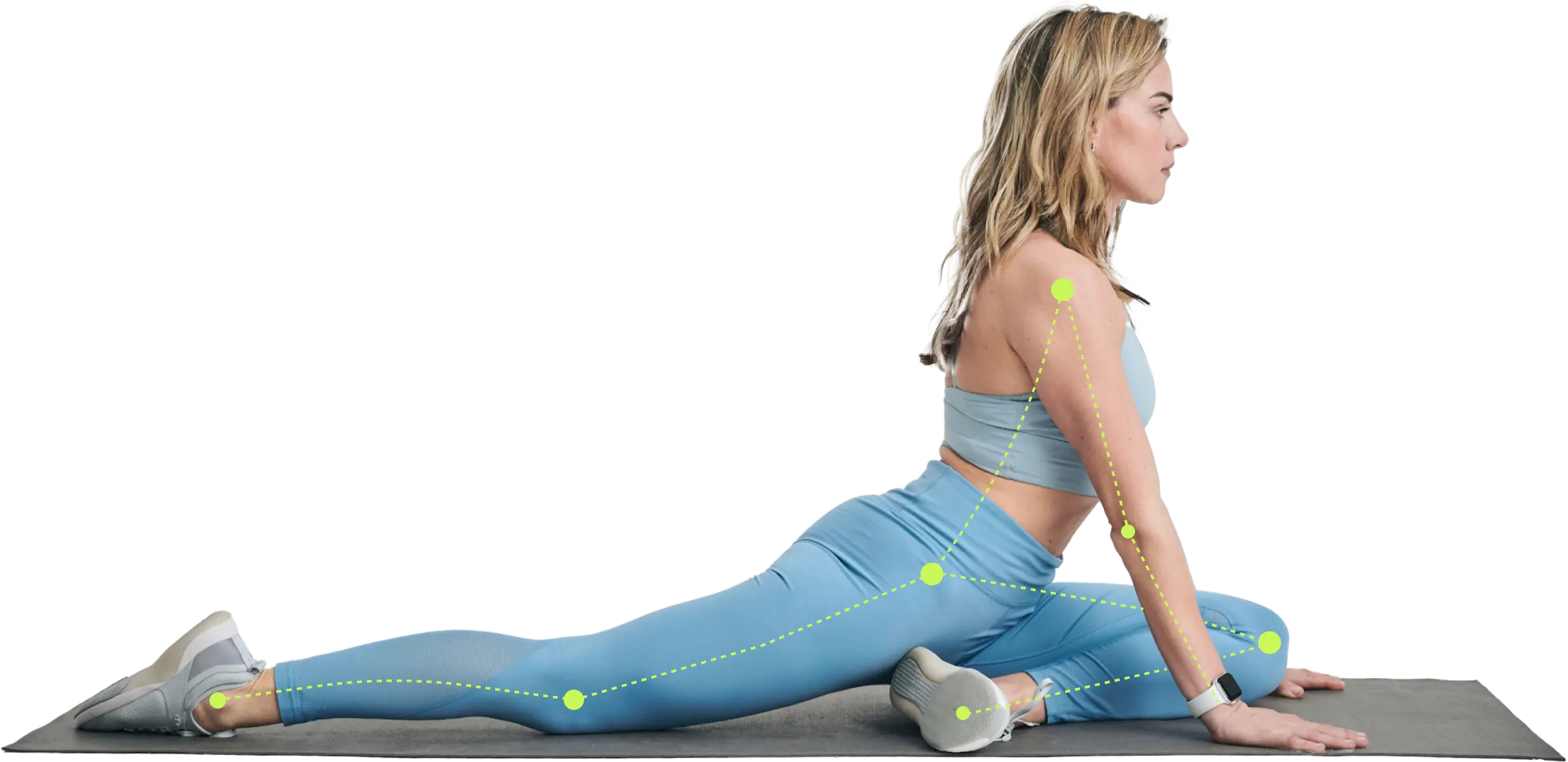Hitting your first training plateau can feel like running into a brick wall. You’ve been making significant progress, but suddenly, everything just stops. It’s frustrating and confusing, making you wonder if you’ll ever move forward again. But don’t worry—this is a common hurdle, and with the right strategies, you can break through and come out stronger on the other side. Zing Coach co-founder and Chief Wellness Officer Walter Gjerja has put together a friendly guide to help you navigate your way past this plateau and any future ones.
![Over the Hump: 8 Ways to Prevent Training Plateaus [Training Tips]](/_next/image?url=https%3A%2F%2Fwww.zing.coach%2Flibrary%2Ftips-to-prevent-plateaus-preview.jpg&w=3840&q=75)
Try these 8 clever tips to prevent and overcome training plateaus. From switching up your routine to focusing on mental health, these strategies will keep your workouts fresh and effective.

Tip #1: Change Periodization, Exercises, and Reps
“The body is an incredibly adaptable organism, and the same adaptability that translates to results in adapting to training stimuli can also lead to plateaus if our body becomes too accustomed to an identical set of signals.”
Walter Gjergja
Your body quickly gets used to the same old workout routine, which is like a blessing and a curse. It means we can pick up new skills and ideas quickly, but it also means that our growth slows when the challenge is gone, which eventually almost always leads to a plateau. It’s necessary to throw it a curveball now and again and confront it with something new to force it to adapt. Here are a few ways you can take your body out of its training routine:
Modify Training Periodization
Change up your training cycle now and then. If you’re always focused on building muscle, switch to a phase emphasizing strength or endurance. This keeps your body guessing and adapting.
Change Exercises
Swap out your go-to exercises for new ones that hit the same muscle groups differently. For example, if you usually do standard squats on your leg days, try Bulgarian split squats instead. This will give your muscles a fresh challenge.
Vary Reps and Sets
Mix up your rep and set schemes. If you usually do high reps with low weights, switch to low reps with heavy weights or vice versa. This variety will keep your muscles from getting too comfortable.
Tip #2: Take Time Off
“Sometimes plateaus result from too much training rather than not enough; in such cases, the body needs to repair, reset, and re-energize to be ready to resume full training and steady progress.”
Walter Gjergja
Here are some of Walter’s tips for dealing with plateaus from overtraining:
Complete Rest
Although you may want to get straight back into the gym to fight through your plateau, consider taking a week off from working out. Sometimes, this break is exactly what your body needs. You’ll come back feeling refreshed, and your body will have a new reserve of energy to overcome your plateau.
Active Recovery
Even better than taking a week completely off is to dedicate that time to low-intensity activities like yoga, stretching, or light swimming. These activities help you recover without putting too much stress on your body.

Tip #3: Increase Intensity or Volume
“If we train too lightly, both in regards to intensity and volume, we will have some initial beginner progress, but it will inevitably slow down and stall completely fairly soon and at quite a low level of results. If that is the case, all the body needs is more training effort and stronger needs to adapt.”
Walter Gjergja
While it’s essential to increase your training level at a safe and comfortable pace, it might be time to ramp things up to overcome your plateau if your workouts have been light recently. Here are Walter’s tips for safely increasing your workout intensity:
Gradually Add Weight or Reps
Add more weight to your lifts or squeeze in a few extra reps. This gradual increase will challenge your muscles and push you past the plateau.
Cardio Adjustments
For those focusing on cardio, try increasing your speed or the distance you cover. This will boost your endurance and keep your progress on track.
Tip #4: Mind the Mind
“To progress in training requires passion, commitment, determination, discipline, focus, and consistency, all of which are topics relating to the mind, not the body. Not minding the mind almost always leads to a plateau; even for experienced athletes, the mind is the primary element leading to the physical results.”
Walter Gjergja
Your mental game is just as important as your physical one. Staying motivated and focused can make all the difference. Try these techniques to get the mental boost you need to overcome your training plateau.
Daily Meditation
Take a few minutes each day to meditate. It helps manage stress and clear your mind, which is crucial for practical training.

Mindfulness Techniques
Practice staying present during your workouts. Mindfulness can improve your performance and help prevent burnout.
Positive Environment
Surround yourself with positive, motivating people and influences. A supportive environment can boost your morale and help you stay committed to your goals.
Tip #5: Eat Right
“Nutrition is a very diverse topic, highly dependant on our training objectives and goals. In the context of plateaus, we won’t continue to achieve our training goals, regardless of the training stimuli, if we aren’t eating right.”
Walter Gjergja
Here’s how to ensure that your diet supports your fitness goals so you can overcome your plateaus:
Adequate Fuel
Ensure you’re getting enough calories and nutrients to power your training. Undereating can halt your progress.
Balanced Diet
Keep your diet balanced and aligned with your goals, whether building muscle or losing fat. Proper nutrition supports recovery and overall performance.
Tip #6: Sleep Right
“Sleep is a fundamental element of well-being and training results, impacting recovery, energy levels, hormones, and many other physical and mental factors. Insufficient or poor quality sleep is, in fact, one of the most common causes of training plateaus and, in general, of achieving fewer results than we could otherwise, all else remaining the same.”
Walter Gjergja
Never underestimate the power of a good night’s sleep. Here’s what you need to get over the hump in your training:
Sufficient Sleep
Aim for 7-9 hours of sleep each night. Your body needs this time to recover and build strength.
Sleep Hygiene
Stick to a consistent sleep schedule and create a restful environment. Good sleep habits can significantly enhance your training results.
Tip #7: Accept the Plateau
“It might just be that the body has reached its current maximum performance and needs a little time to ‘settle’ there before it can progress further. In such cases, to keep pushing might only lead to training burnout or injuries. This is particularly true of highly experienced athletes who have been training long term and operate very close to their physiological potential when progress inevitably becomes minimal and periodical rather than consistent.”
Walter Gjergja
Sometimes, your body just needs a little time to adjust.
Patience
A plateau might mean your body has reached a temporary performance peak. Give it time to adapt before pushing harder. Be patient, and wait for the body to resume progress.
Maintenance Phase
Focus on maintaining your current fitness level and health. This period of stability can prepare you for future gains.
Tip #8: Welcome the Plateau
“Finally, for older people, especially if they have already been training effectively for a long time, the plateau might be very welcome! It means that instead of regressing with age, you are staying the same as the years pass, and that is itself a truly fantastic result as we pass into our 50s, 60s, 70s, and beyond!”
Walter Gjergja
Staying at your current level is a massive win for those training long. Don’t miss out on an opportunity to enjoy that!
Celebrate Stability
Maintaining your fitness, especially as you age, is a fantastic achievement. It means you’re not regressing, which is a victory in itself.
Long-term Perspective
Think of the long game. Staying healthy and fit over the years is incredibly valuable and often more sustainable than constant progress.
Remember, plateaus are just part of the journey. With these tips, you’ll get through this and any others that come your way. Keep pushing, stay positive, and enjoy the process. You’ve got this!
Authors
Medically reviewed
Walter GjergjaShaolin Master, Sports Master, former professional athlete, training advisor to Olympic and World Champion athletes, wellness and performance author.
![7 Ways to Manage Xmas Excess [Festive Fitness]](https://www.zing.coach/library/7-ways-to-manage-xmas-excess-preview.webp)

![Hitting the Target: How to Set Good Goals [Progress Tracking]](https://www.zing.coach/library/how-to-set-good-goals-preview.png)


